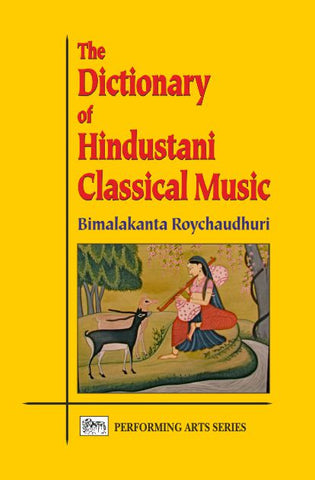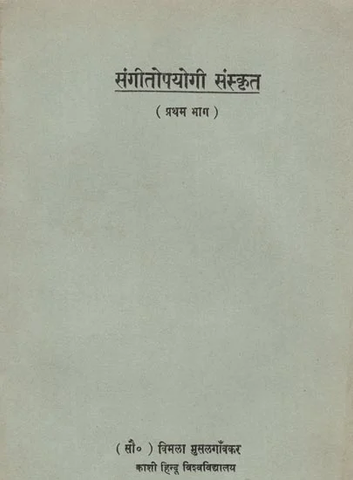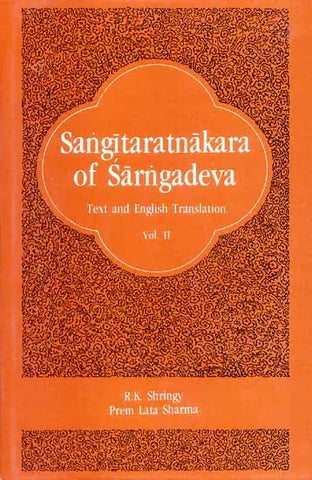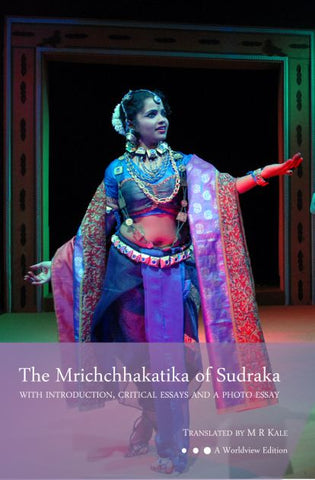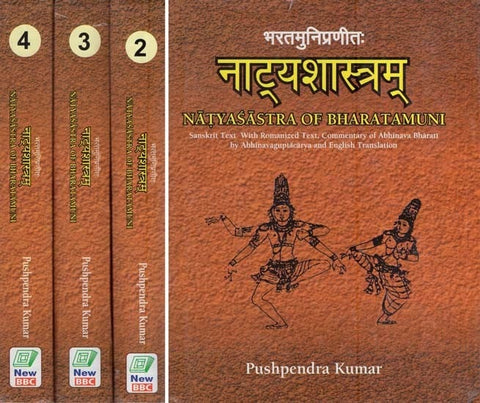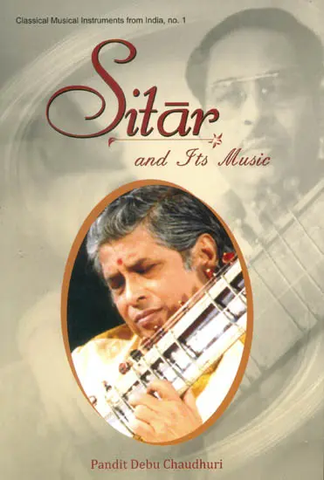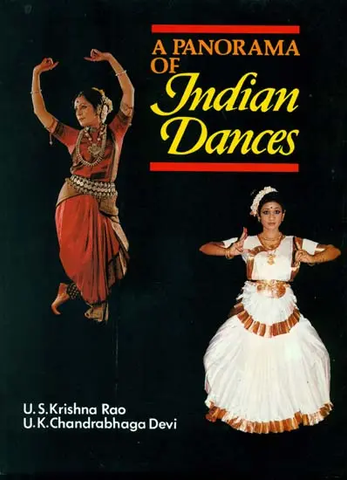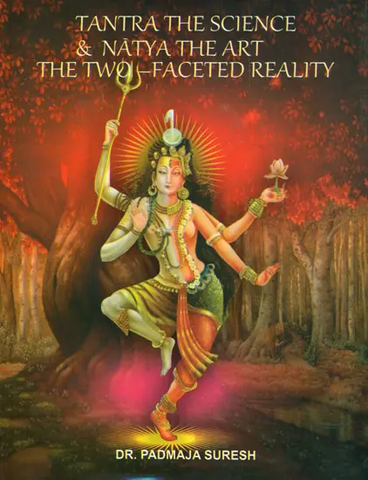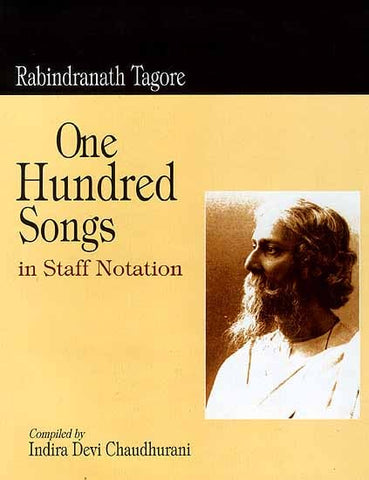Your cart is empty now.
Bhartiya Vidya Bhavan, over the last 80 yrs. has been promoting "Sanskrit and Sanskriti" , the various facets of Indian cultural heritage through its several endeavours.
Sangeet, which encompasses the three essential components of Indian Performing Arts - Gita, Vadya and Nritya are the vital components of Indian heritage. Respecting the rich Indian tradition, Bhavan's Delhi Kendra, as a tribute to its Founder Dr. K.M. Munshi and to mark its Foundation Day, over the past many years has been organizing the "Sangeet Samaroh". An annual event, held every year in the first week of November, the Sangeet Samaroh bring forth the different musical genres in the performing arts by presenting some of the country's leading exponents from the field of Indian music and dance.
In addition to this the Bhavan's Delhi Kendra also brings out its thematic digests on several important aspects of Indian performing Arts that highlight the vocal, instrumental music and dance.
Instruments are integral part of Performing Arts, i.e. dance, drama and music. They have played a substantial role in enhancing performances both as accompanying as well as solo instruments. India is a store house of a large number of musical instruments that belong to the traditional, folk, tribal and the classical. These have been categorized into Stringed, Plucked, Bowing, Wind and Percussion Instruments.
"Prominent Musical Instruments - Technique and Tradition", a fresh addition to Bhavan's Wettya, Nritya and Sangita Series' presents origin and evolution of instruments and their usage in enriching our musical tradition. Eminent scholars and practitioners of performing arts have enriched this publication.
We hope this edition, dealing with almost all instruments in vogue, in our classical music world, would not only enhance the knowledge of inquisitors, practitioners and scholars of the performing arts but would also encourage further research in the field of musical instruments of our Nation.
Musical instruments are in a way a rich treasure of the cultural heritage of India. Music, dance and drama, in the form of Hindustani, Carnatic, semi-classical, light, folk and religious music etc.; several dance forms like Kathak, Bharatandtyam, Kuchipudi etc. and different forms of drama require the accompaniment of various musical instruments for proper aesthetic expression and impressive presentation. Bharat Muni- the author of Natyakistra has treated instrumental music as equal to vocal music and dance. He said "Gitam vadyam tatha nrityam trayamsangitamuchyate". Thus, instruments occupy a very important status in Indian music.
The tradition of musical instruments is as old as the necessity of expression for a human being. Whether it was the clinking sound of two metal pieces or a rhythmic sound produced by two pieces of stone, it gave immense pleasure and inspired innovative creation and further experimentation. Later, the association of instruments with various Gods and Goddesses emphasized the divine nature of music and musical instruments. One can identify a vast range of musical instruments right from a rattle to a complicated Vina, flute and Pakhawaj-type of instruments. From Vedic to modern period, there has been a variety of musical instruments. To provide a systematic path of progress and advancement, scholars have tried to classify them in different orders from time to time, based on their structure, manufacturing procedures, manner of playing and other such factors.
Though the manufacturing and tuning process of musical instruments is very tough as well as complicated, yet the skills of great musicians, scholars, researchers and instrumentalists in particular, enable them to make alterations or additions to strings, frets, tumbas or jawetri bridges etc. from time to time in order to improve the tone-quality of the instrument or to produce sounds of two or three instruments from a single instrument or to make an instrument useful for different musical purposes of the accompaniment with vocal music, dance or drama. Such experiments have definitely proved the intelligence and innovative skills of profound musicians of India and made music more effective in terms of social and cultural, religious, philosophical, aesthetic and scientific values. These experiments not only proved fruitful in improving the quality of sounds of different instruments and making them more appealing and perfect but also contributed towards the achievement of transcendental bliss-the ultimate goal of music. Experimenting with instruments is an ongoing process which is continuously bringing something new into the world of music.
With cultural progress and scientific advancement of the society, electronic musical instruments came into existence which proved beneficial for musicians from the viewpoint of facilitating solitary practice (riyaz), easy transport, convenient handling and availability of musical instruments of the same quality at every performing platform. These days electronic tanpura, tabla, synthesizer and octopad etc are being used in educational institutions too, sometimes for accompaniment and sometimes for solo and choral presentations. But still, electronic substitutes have not yet been accepted totally as fit to replace the conventional and authentic musical instruments, perhaps the reason being the connectivity of conventional musical instruments with natural material and natural sounds i.e. 'Swayambhu' element of the universe.
To bring into light, such vast information about instrumental music and its traditional status, technical advancement, appreciable changes, cultural enrichment and the contribution of great scholars and musicians to the development of instrumental music, various scholarly articles are being presented here in the form of this valuable book "Prominent Musical Instruments - Technique and Tradition" which will definitely prove to be a torch-bearer for further qualitative advancement, progress and popularity of instrumental music in India and abroad.
Sample Pages
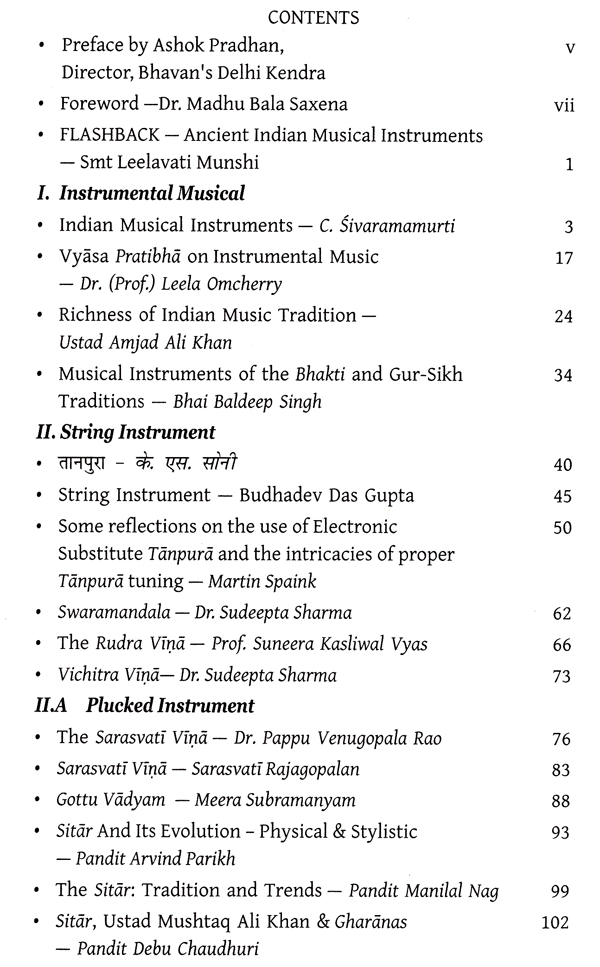
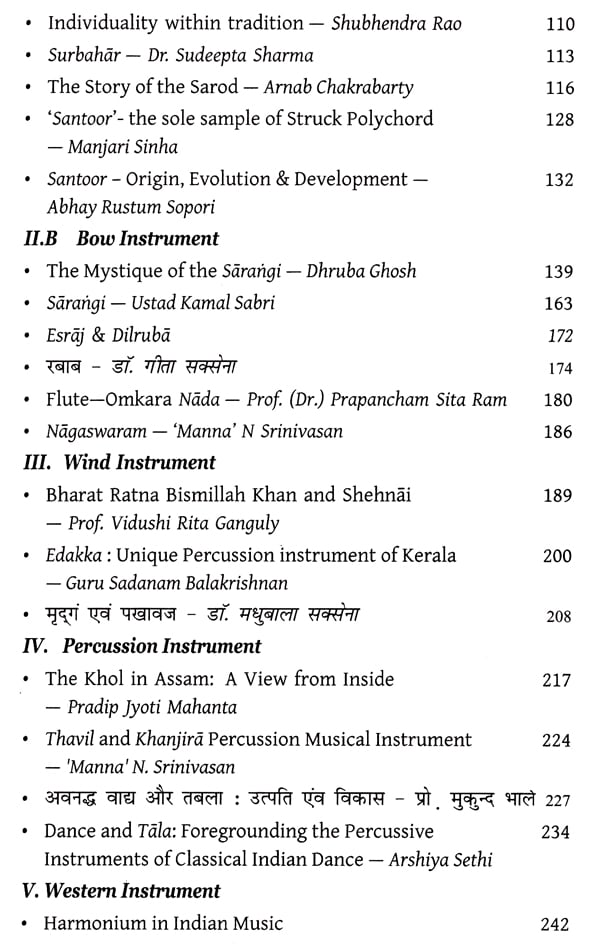
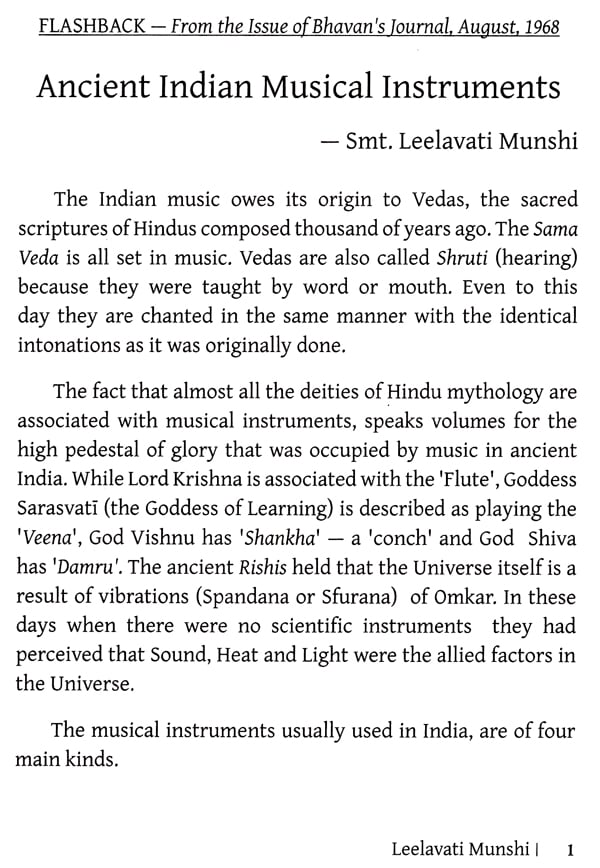
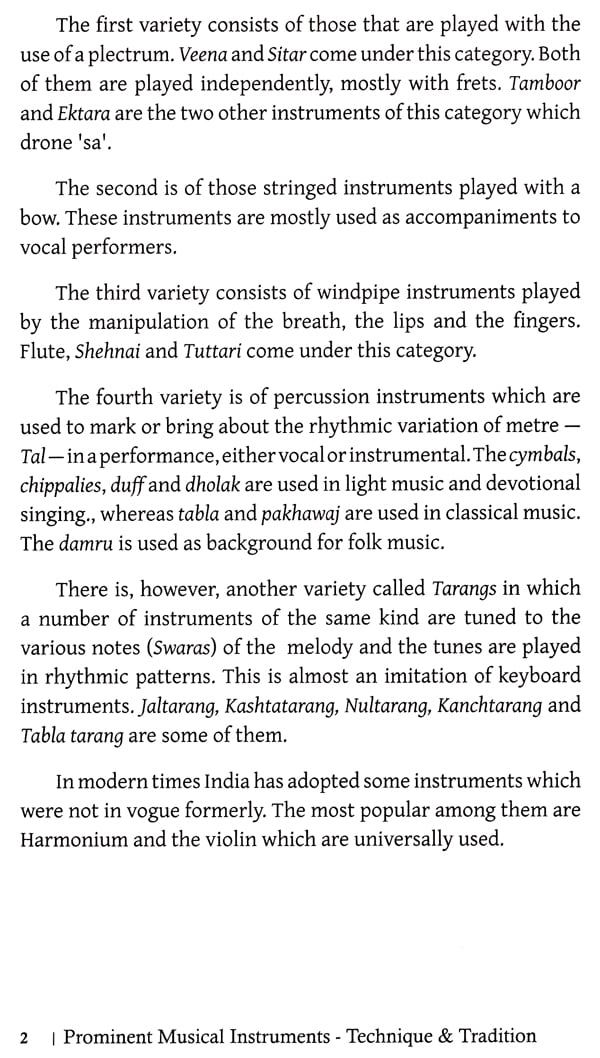
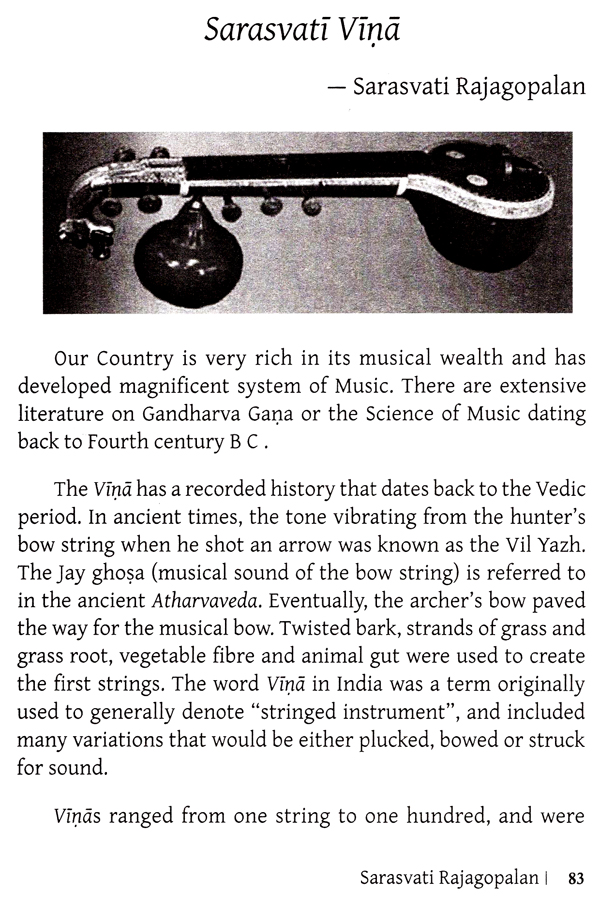
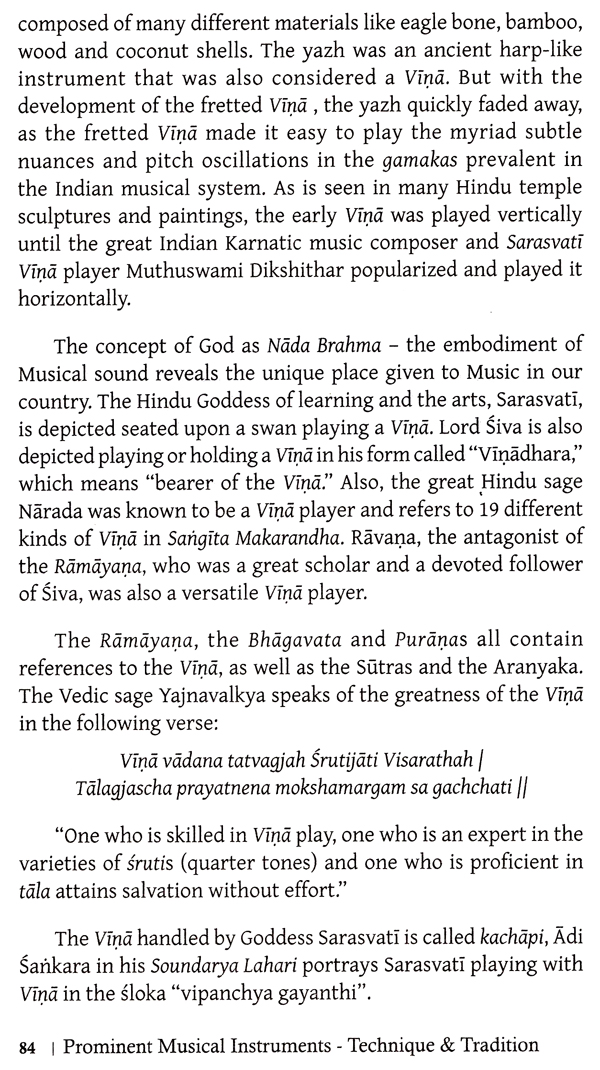
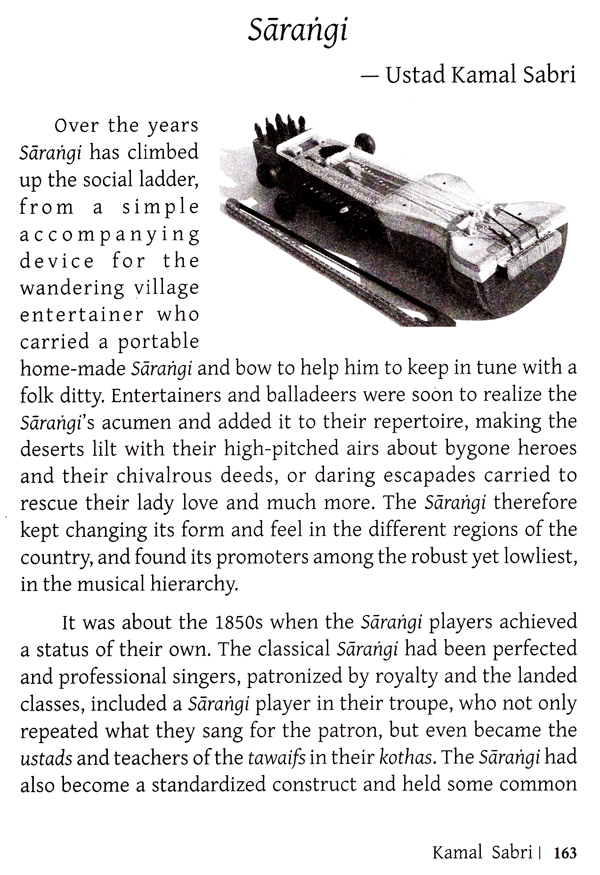

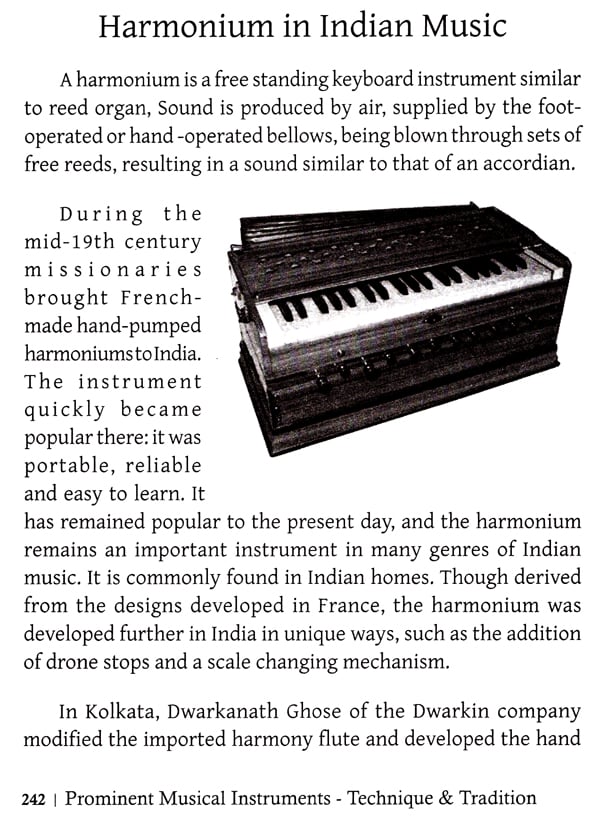

Delivery and Shipping Policy
- INTERNATIONAL SHIPPING
- Rs.1000-1100/kg
- ESTD. Delivery Time: 2-3 weeks (depending on location)
- Bubble Wrapped with Extra Padding
- NATIONAL SHIPPING
- NCR: Rs. 30/half kg
- Standard: Rs. 80/half kg
- Express shipments also available on Request
- ESTD. Delivery Time: Ranging from 1-4 days up to 7 business days (Depending on your choice of Delivery)
- TRACKING
- All orders; national or international, will be provided with a Tracking ID to check the status of their respective orders
- Depending on the Shipping Service, Tracking ID may be used on their respective tracking portals
Frequently Asked Questions (FAQs)
Domestic Shipping: 3-4 Days (after shipping)
International Shipping: 1-2 weeks (based on your location)
You will receive an email once your order has been shipped or you can email us if you didn't receive tracking details (info@mlbd.co.in)
Every book that we sell is the latest edition except all the rare books
Yes, we do provide free shipping, only on domestic orders (within India) above Rs.1500


